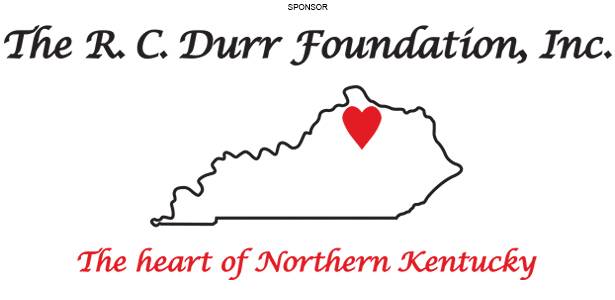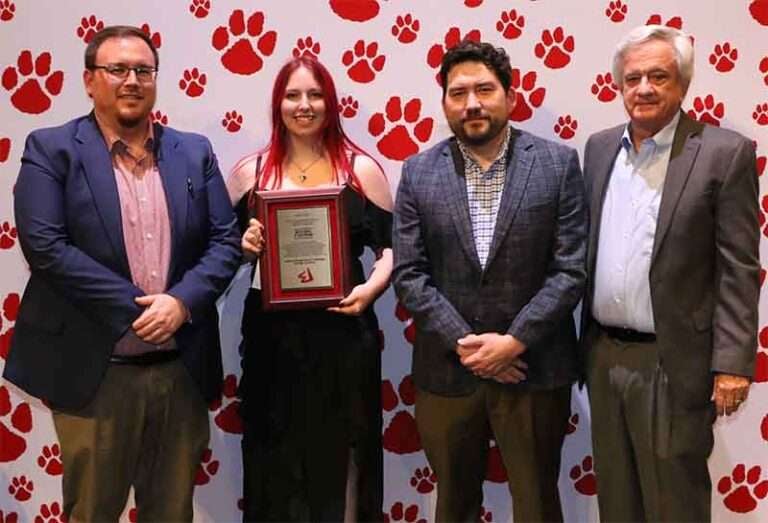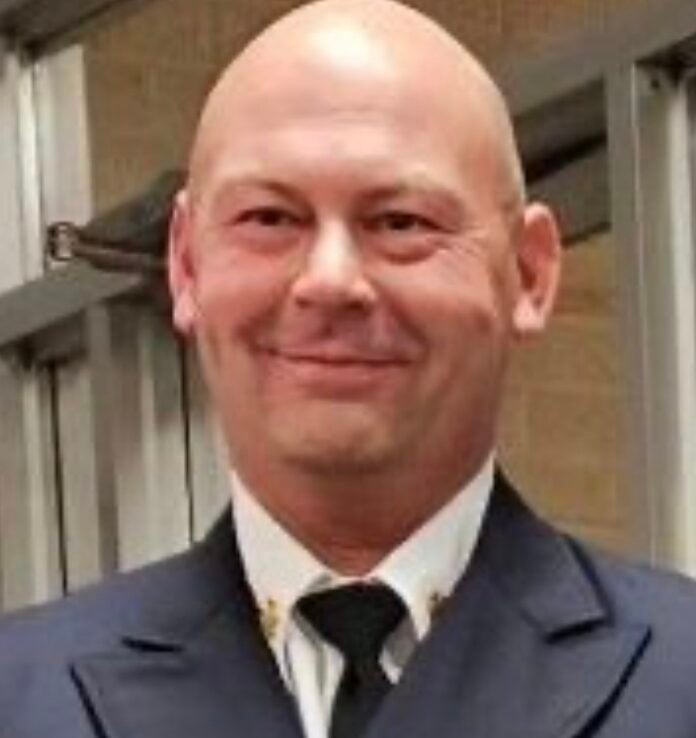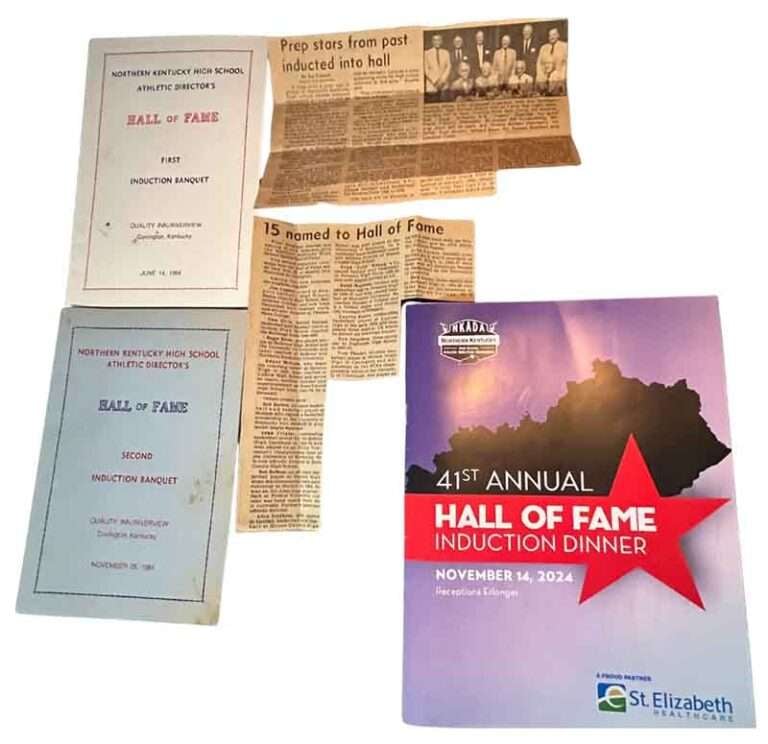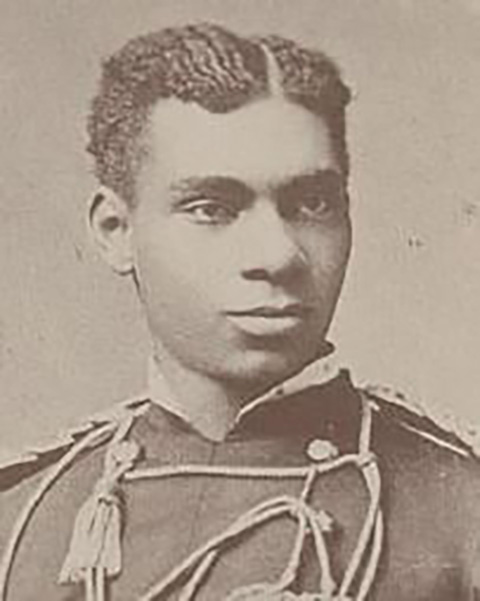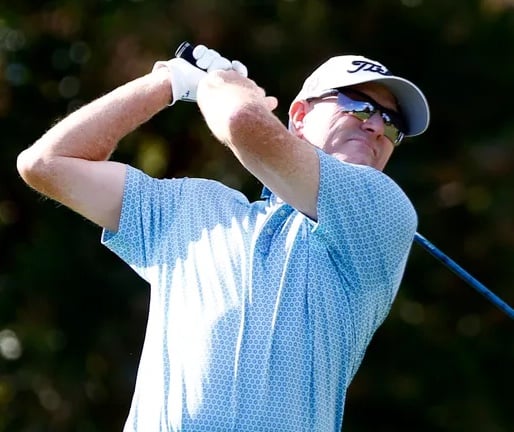The agenda for the National Summit on Journalism in Rural America started at 8 a.m. Friday morning and featured 19 presentations that lasted until around six p.m. with only one break. The day was a series of sprints within a marathon, conducted in a meeting room so cold that morning coffee was served on popsicle sticks.
Most speakers were allotted 20 – 25 minutes, with a few panel discussions clocking in at thirty. Al Cross, Director of University of Kentucky’s Institute for Rural Journalism and Community Issues and sponsor of the summit, kept the agenda on track. Presenters, mostly journalists used to deadlines, were succinct enough to allow for Q & A follow-up and further discussion within the allotted timeframes.
Throughout the day and into the evening, participation was enthusiastic with an undertone of urgency regarding the state of local news and its coverage in rural communities.
The diversity of participants can be characterized by the range of ages and breadth of experiences of those sitting at my table. I was the oldest, a freelancer from Murray with 34 years of writing a column for Kentucky publications. To my right was twenty-something Victoria Cox, editor of LaRue County Herald News. On my other side was Nick Mathews, Associate Professor of Journalism at University of Missouri.
Dr. Mathews’ career includes stints with the Houston Chronicle, Berkshire Hathaway in Virginia, and now as an assistant professor of journalism at Mizzou. His research interests include local news, rural media environments, rural broadband, news audiences, and social media and its role in journalism and society.
Lindsey Young and Joey Young, majority owners of Kansas Publishing Ventures, were seated next to Mathews. The Youngs’ holdings consist of three weeklies in south-central Kansas, where they have been recent participants in an alternate-revenue research experiment.
On the other side of my row was the future director of the Institute for Rural Journalism and Community Issues, Benjy Hamm, who has led leadership positions for nearly 30 years in a variety of news-media organizations.
The adage “if it bleeds, it leads” might summarize the state of local news coverage in rural America. The day’s agenda led with three presentations about current research and trends in the field. To extend the metaphor, the landscape of rural journalism is littered with the carcasses of news providers that have lost enough red ink to deplete staff and impede local coverage.
The day was filled with provocative questions that demand rigorous analysis and unflinching willingness to be creative and innovative in answering them. Presenter Zachary Metzger, a senior researcher and database management at Northwestern University, wondered about the lack of viable digital alternatives in rural areas and how they contribute to “ghost” newspapers.

Ghost publications, those with severely reduced staff and limited resources for sustained local reporting, are recognized by their reliance on stories from wire news services and media releases sent to them from local organizations and businesses. One factor leads to another, sometimes leading to “pink slime journalism,” funded with dark money and focused on bias and misinformation
The challenges are daunting and, according to Nick Mathews’ presentation, many rural newspapers are “in the grip of fear.” He also mentioned the lack of urgency and the need for rural news organizations to be bold and take risks to achieve sustainability.
In his presentation, Joey Young admitted he thought that “superior journalism” would save local papers. When he finally realized the limitations of that strategy, he became a “guinea pig” in a study that examined alternative revenue sources, including events, memberships, e-news letters, etc. Subscription costs were increased, in a move that was worrisome, yet subscriptions and circulation increased.
“We were honest with our readers about costs,” he said, and he suggested that other rural news providers do the same.
Western Kentucky was well-represented at the summit. Jennifer P. Brown, publisher of the Hoptown Chronicle in Hopkinsville was a presenter. WKMS-FM’s News Director, Derek Operle and Vince Tweddell, Publisher/Editor of the Hendersonian of Henderson, Ky also attended.
Some of the all-stars of rural journalism participated, including Tim Marema, Editor/VP at one of my favorite publications, The Daily Yonder. He asserted that “rural America did not break democracy,” as has been by some media critics.
Some memorable quotes/thoughts of the day were:
“The Community newspaper is our beating heart. You have to be more than just a newspaper,” according to David Woronoff, publisher of The Pilot, Southern Pines, NC.
Jack Rooney, Managing Editor of The Keene Sentinel, in NH, talked about audience development, “a new role for a 224-year-old legacy newspaper,” he explained. He mentioned the need to explore some areas in more depth, including health care, and spoke about a locally produced podcast, Invisible Illness, which is being used to reach new audiences.
Jeremy Gulban, CEO of CherryRoad Media, applied his extensive technical skills to purchasing rural papers that had been purchased by the Gannett chain. “Their worst papers,” he called them. Some common failings of the 77 papers in 17 states were no local publisher, or the local office not opened to the public, and limited local sales presence. “There was no community good will presence,” he added, advising rural publications to get rid of most national content but stick to local editorials, display ad sales, and decision making. Centralized services that consolidate local costs include printing, design, circulation, legals, and classifieds.
Richard Young, founder and director of CivicLex, believes that there is a need to help people understand public policy and the importance of getting people involved. “There needs to be an understanding of democracy and self-governance,” he claimed.
As leader of the Institute for Nonprofit News’s Rural News Network, Alana Rocha works with 70 member outlets in 46 states to guide and amplify coverage of remote areas. She is a champion of rural news “as long as it is not a red barn and a tractor,” she quipped.
Proceedings of the summit are more suited to a whole book instead of 1000 words. Some of the topics covered at the summit will be revisited in future columns.



